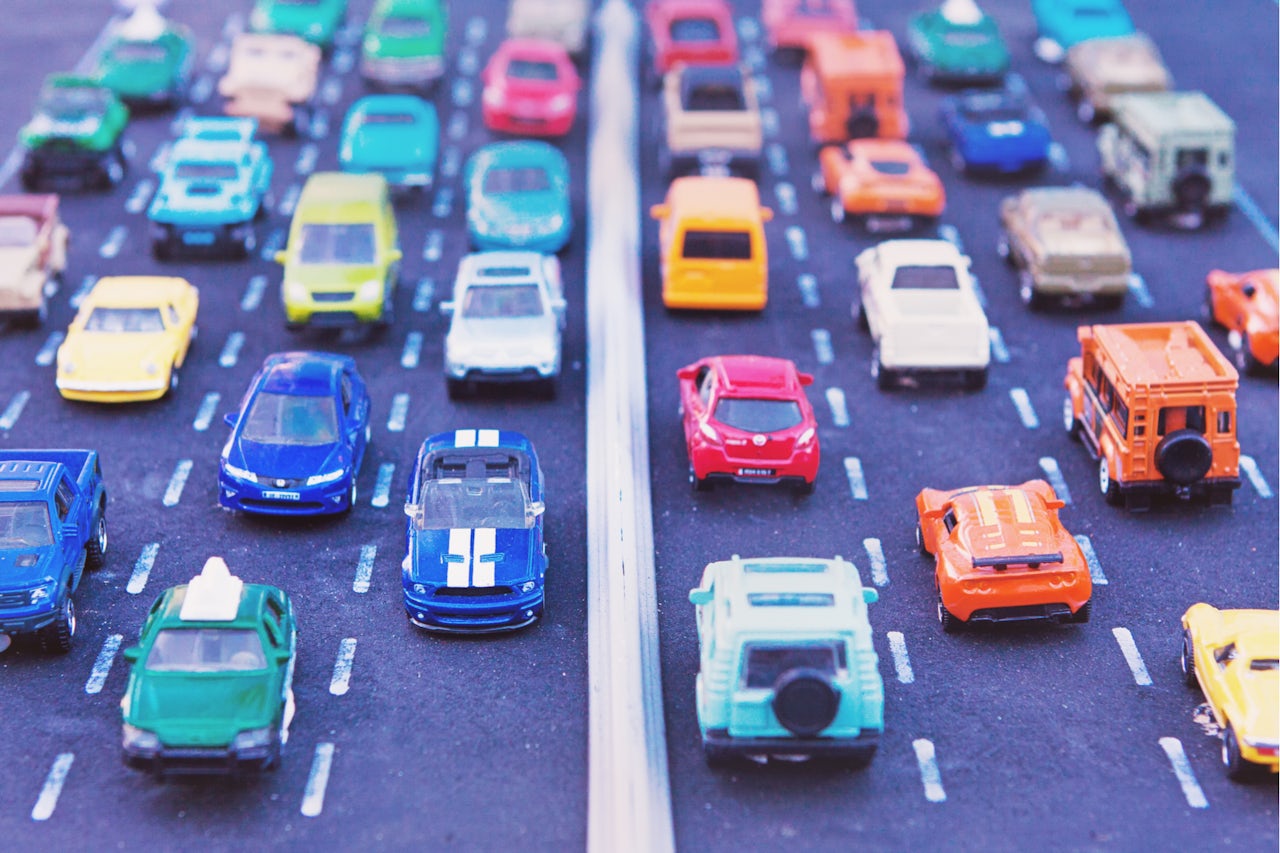In their early days, ridesharing companies like Uber and Lyft were hailed as the perfect solution to those pesky gridlocked city streets. A 2013 report from the New York Times even hypothesized that “these new services, which appeal to younger riders, could play a crucial role in ending the reign of single-occupant cars (and unending traffic),” but recent studies have proven this to be anything but true.
A survey of 944 ride-hailing passengers over a four week period in Boston concluded that the popularity of ridesharing apps like Uber and Lyft has likely resulted in “negative outcomes for traffic congestion, transit use, and active transportation.” First reported by the Associated Press, the study found that most ridesharing app users are young, without a car, and use the service frequently. At least 54 percent of the users were using apps like Uber and Lyft as a substitution for public transportation and greener options, like walking or biking, which ultimately adds to the city’s overall traffic.
Studies have been saying as much for years. A 2017 report by transportation analyst Bruce Schaller found that Uber, Lyft, and their ilk were worsening gridlock in New York City and surrounding areas. The AP also points back to a UC Davis study of 4,000 users in seven major metropolitan areas — Boston, Chicago, Los Angeles, New York, the San Francisco Bay Area, Seattle, and Washington, D.C. — from 2014 to 2016 found similar results. But that hasn’t changed the habits of the millions of ride-sharing app users.
